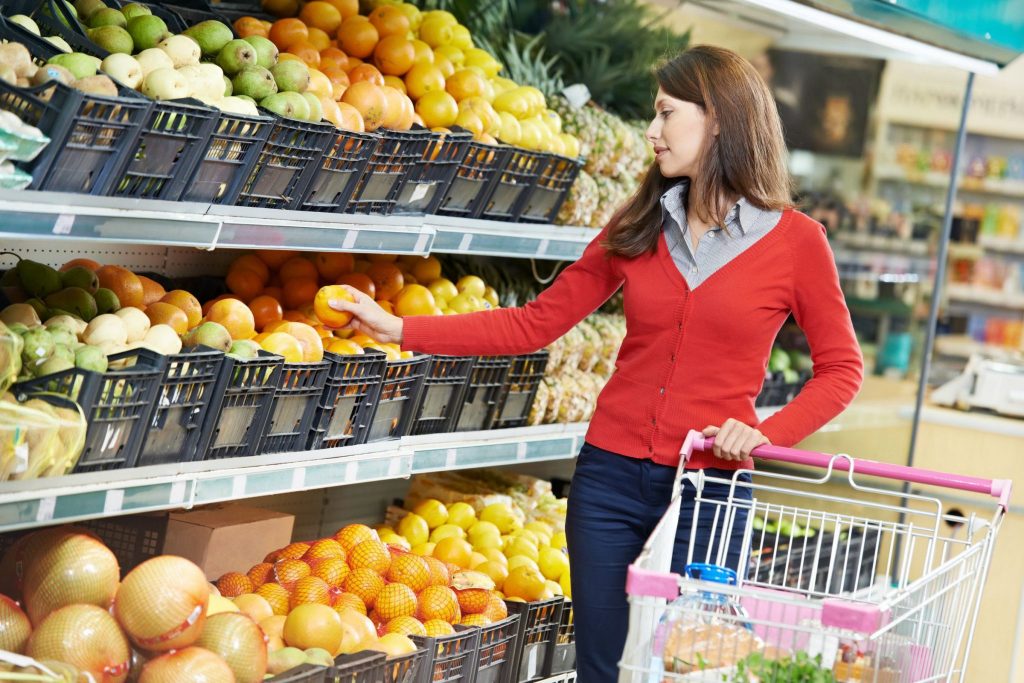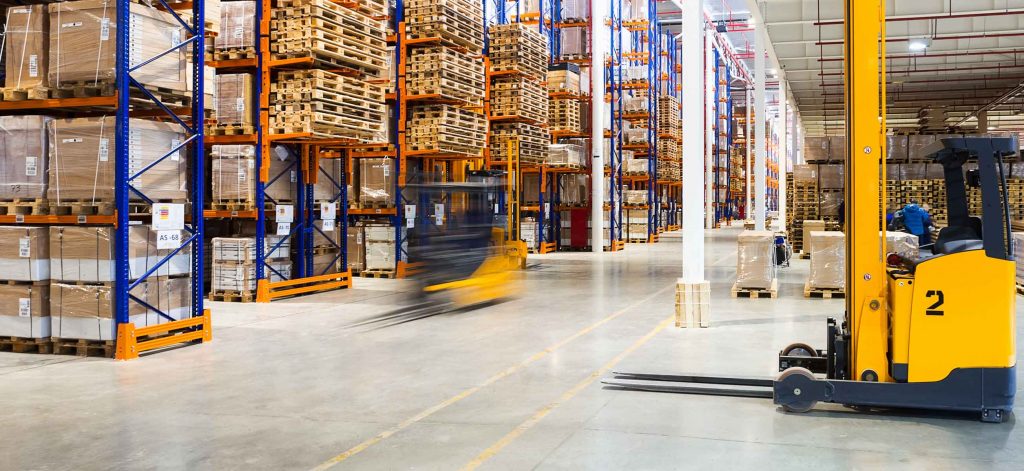I started analysing the prices of products like Tim Tams back in the mid-1990s, when I was the first dedicated pricing manager for Arnotts biscuits—and possibly in the Australian FMCG industry overall. It was a great time to be in the biscuit business, with 18% EBIT margins generated from 50% gross margins. It was also the end of an era, as the Campbell Soup Company mopped up the last of the share register to take full ownership. There were many quirks about food marketing: It is a complicated story to take biscuits from the oven, into a packet, onto the shop shelf, and then eventually home onto your household shelf.
One thing that stood out was the reliance of the entire industry on price promotions. Here are some interesting statistics about food retailing in Australia: Over 50% of all product is sold with some kind of deal or promotion (save 20%, buy one, get one free, etc). The amount of product that is purchased on price promotion is about 30% more than regular weekly sales or baseline sales, as they are known in the industry.
Retailers like Woolworths and Coles love price promotions. Why? Because they get to sell all these great brands at up to 50% discount and have enormous store traffic to drive sales and margins as consumers buy the specials–and then top up the trolley with full-priced and high-margin products such as personal care goods.
Here is the reason why they can keep these catalogue specials running week after week, offering 50% savings: They are funded entirely by the supplier who makes the product. What does that mean? It means that Woolworths still make the same margins they would have made at full price. The supplier effectively compensates the retailer for any lost margin due to the price special. The effect on the supplier’s margin is a pure economic disaster. Most suppliers run on gross margins of 40-50%. So when the price promotion is employed they make no money and often a loss.
A Simple Example
Let’s say a packet of Tim Tams sells for $3.25, as it does in the catalogue picture linked to this article. Woolworths want to run a “Save 50%” campaign to keep competitive with the Coles “big red hand”. Normally, Woolworths will buy these Tim Tams from Arnotts for $1.95. It will cost Arnotts approximately $1.20 per packet to manufacture. So Arnotts’ cash gross margins (the margin BEFORE they pay selling, general and admin expenses) is about $0.75. Here is where it gets messy. Woolworths want to offer consumers 50% off–in this case, a savings of $1.63. If your 5th grade maths is working, you can see that Arnotts have a loss of $0.88 cents on this deal, since Woolworths have a policy of fully-funded promotions.
Now, Woolworths may agree to fund this promotion and meet Arnotts half way so that they both take a hit to their gross margins. But why would anyone do this? Sell product below cost or below what is required to break even—and regardless of how much extra volume is purchased, no profit will ever be made because it is all below variable cost? The answer lies in the enormous gains the retailer will make as the increased consumer store traffic will result in shoppers buying a basket of goods that is, on average, valued at $100. In other words, I can get you to buy other products at full price by enticing you in with cheap Tim Tams. The offsetting margins will more than pay for the profit I forego on the Tim Tams.
What About Arnotts?
What happens to the management at Arnotts? Well, they will be smiling for the cameras about the wonderful partnership they have with the retailers, but it won’t be peace and love inside the Arnotts office. They will scramble to run economic modelling off the millions it will cost to participate in the mass consumer bribery called “50% off”. What options do they have here? What would you do if you were faced with the demand to participate in this discounting? Well, you need to make the product more profitable.
Cut costs? Beat up suppliers? Well, that can be fun too. Reduce the quality of the direct materials? Yes, these can and have been done at Arnotts (tried a Scotch Finger brick–I mean biscuit–lately?).
The other option is to raise prices to generate more margin to fund these crazy discounts. In the course of a year we raised regular shelf prices to generate a “war chest” of discounting funds.
In other words, by having these wacky “Save 50% promotions”, consumers ultimately will pay more for their groceries. In fact, a small study of the CPI and grocery prices shows that some categories have fallen 1 or 2% over the past few years but most categories have gone up.
Grocery Prices Have Gone Up
Overall grocery prices have gone up, and this is all ultimately funded by you know who…the consumer! So what can be done about this organised wealth redistribution from the poor (who respond to price promotions the most) to the wealthy retailers? As a consumer, not participating is one good way. The price per kilo for the processed food ranges from $10-$20 per kilo. If you study the first four pages of a retailer’s catalogue, it is mostly sugar-, fat- and salt-based products on offer. You get far more value from buying fresh food. On a per-kilo basis, this is the most economical way to buy food.
Suppliers’ Pricing Strategy
For suppliers, the long term trend will be to create an “A” and “B” class range of food. “A” class will be high quality and premium in nature whilst the “B” class food will be lower cost, quality, and have mass demographic appeal–and be on special every six weeks. You can already see the supermarket splitting into these demographics. For suppliers in the short term, careful analysis of pricing strategy, margin expansion plans and execution to build consumer value perceptions will be more critical. No longer can marketing, branding and communication strategies be developed with the ad agency in isolation of the key account strategy and pricing strategy. You won’t believe how many food companies run siloed approaches to sales and marketing but produce a beautiful slogan like “One [insert name of company here]” to show how unified they are. Woolworths and Coles love these types of companies and executives, because it is so easy to take money from them.
In summary, suppliers need to focus on pricing strategy because it is the right thing to do commercially, it will help build trust with your target consumers, and will keep the retailers from relieving you of your hard-won gross margins. A final thought, lest we think that all of the above is the result of perfect competition (and market forces creating the best outcomes for consumers and suppliers): You would be hard-pressed to find another country with a grocery duopoly like we have in Australia. Even Wal-Mart in the USA has less than 20% market share. Woolworths and Coles combined have around 80%. Food for thought. It is time to support the local shopkeepers again and eat fresh.
Click here to download the whitepaper.






